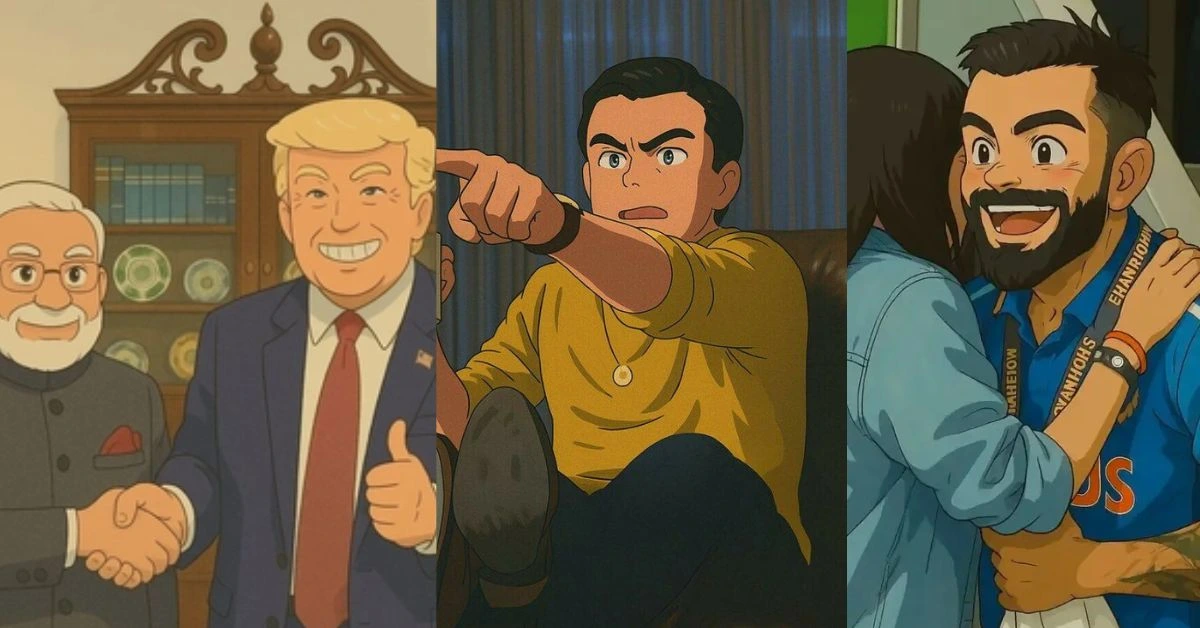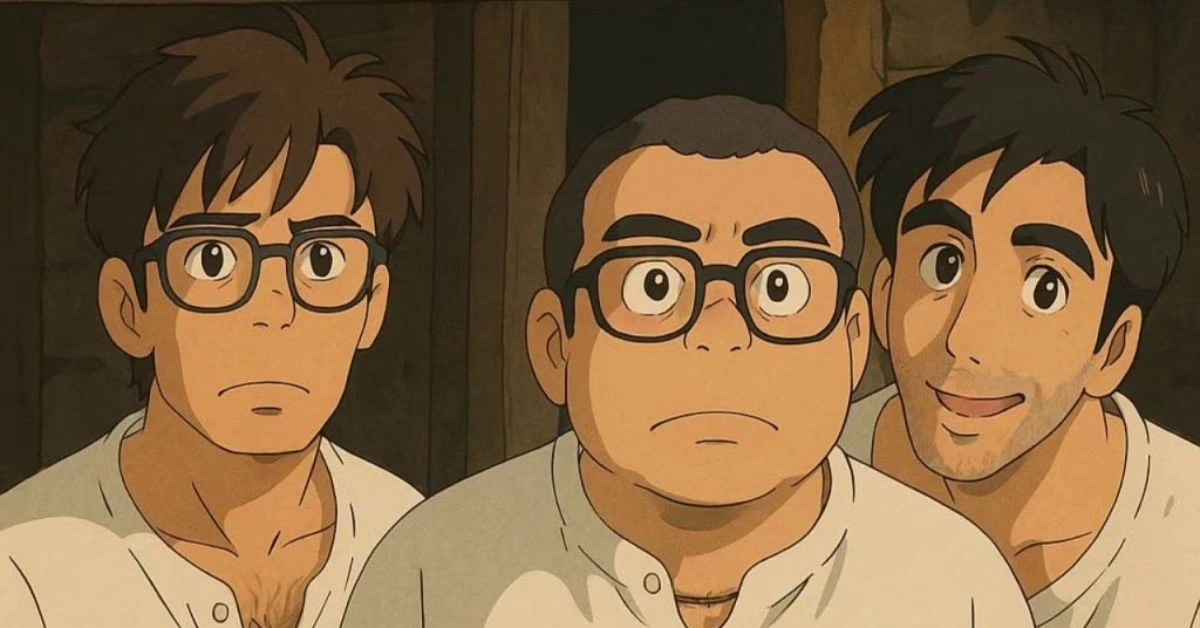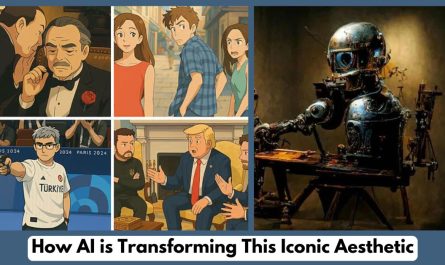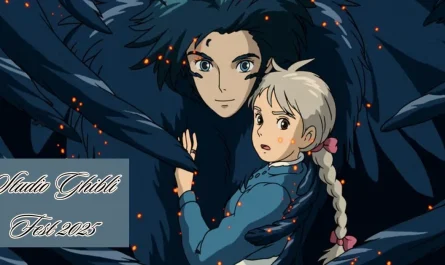Hayao Miyazaki, the legendary Japanese animator and director, is renowned for his meticulous craftsmanship and profound narratives that celebrate the beauty and complexity of human emotion and nature. With films like “Spirited Away, My Neighbor Totoro,” and Princess Mononoke,” Miyazaki has created worlds that resonate with audiences globally.
As the conversation around artificial intelligence (AI) art grows, one might wonder what Miyazaki, a staunch advocate for traditional methods, would have to say about this technological advancement. Miyazaki’s approach to animation has always emphasized the human touch.
He famously prefers hand-drawn animation over computer-generated imagery, believing that the nuances of human creativity and imperfection bring a unique life to art that machines cannot replicate. His dedication to detail and his belief in the emotional power of animation suggest that he would approach AI art with skepticism.
In interviews and documentaries, Miyazaki has expressed concerns about technology’s role in dehumanizing art and society. In one notable instance, he criticized CGI technology for creating lifeless and mechanical movements, arguing that animation should capture the essence of life and emotion.
This perspective might extend to AI art, where algorithms generate images based on data inputs, potentially lacking the soul and intent that a human artist imbues in their work.

Miyazaki might question the authenticity of AI art, pondering whether machines can genuinely create art or simply mimic patterns and styles. For him, art is not just about aesthetics; it’s a medium for storytelling, a reflection of the artist’s inner world. He might argue that AI, devoid of human experiences, cannot truly understand or convey the depth of human emotions through art.
Moreover, Miyazaki’s films often explore themes of environmentalism, spirituality, and the interconnectedness of all living things. He views nature as a source of inspiration and wisdom, a sentiment that AI, with its reliance on algorithms, might struggle to encapsulate.
How to Make Ghibli-Style Videos for Free: Step-by-Step Guide ✅
Miyazaki might advocate for a harmonious relationship between technology and nature, urging artists to use AI as a tool rather than a replacement, ensuring that the human spirit remains at the core of artistic creation.
While Miyazaki might be critical of AI art, he would likely acknowledge the potential benefits of technology when used responsibly. AI could assist artists in experimenting with new styles, automating tedious tasks, and democratizing art creation by providing accessible tools to budding artists.
 However, he would probably caution against allowing AI to overshadow the human element that makes art meaningful.
However, he would probably caution against allowing AI to overshadow the human element that makes art meaningful.
In conclusion, Miyazaki’s artistic philosophy suggests a cautious approach to AI art, even though we can only speculate on his exact stance. He would likely emphasize the importance of preserving the human touch in art, advocating for a balanced integration of technology that enhances rather than diminishes the creative process.
As AI continues to evolve, Miyazaki’s insights remind us of the enduring value of human emotion and storytelling in art, urging us to create with intention and heart.



